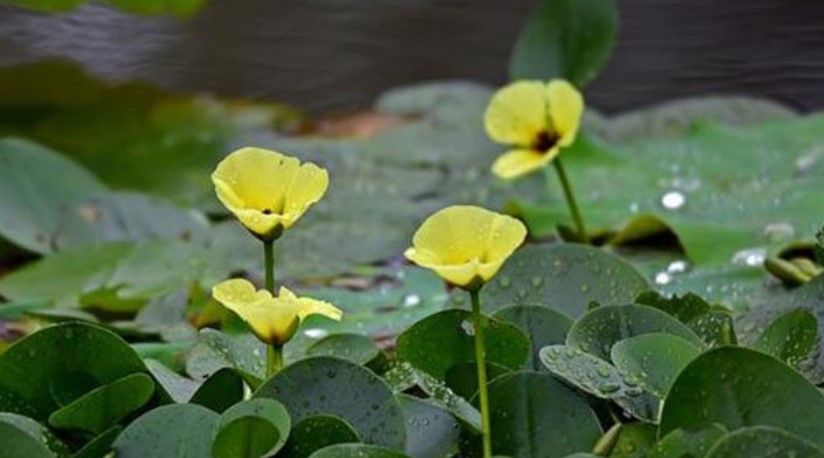
Invasive species can be a problem. No doubt you’ve heard about gypsy moths or zebra mussels. Did you know that there are also invasive plant species? This is especially problematic in water bodies such as ponds and small lakes.
If you are having plant problems in your pond or water body, it may be time to get professional aquatic weed control.
Invasive Aquatic Plants: The Top Concerns
Some of the worst invasive aquatic plants can completely clog up your pond. From a technical perspective, they cause what is referred to as rapid “eutrophication” of your once-beautiful water body. Some of the most important invasive aquatic plants include the following:
- Hydrilla.
- Egeria (Brazilian Elodea).
- Curlyleaf Pondweed.
- Eurasian Watermilfoil.
- Variable Milfoil.
- Fanwort.
In some cases, invasive aquatic plants have been deliberately introduced. More commonly, they enter water bodies by accident or unintentionally. One of the most common ways that they spread from one lake to another is by boat when they silently attach below the water line or in oars or propellers.
Damage Caused by Invasive Aquatic Plants
Many physical and biological disruptions of lakes and ponds are caused by invasive plant species. They can decrease water quantity and degrade water quality in many water bodies. A beautifully stocked fishing pond can quickly be rendered unproductive and ugly-looking. A small lake used for family swimming can become hopelessly clogged and unusable.
Invasive aquatic plants generally tolerate a wide range of typical pond or lake conditions. They proliferate rapidly and compete with native flora and fauna for food, light, and water. They literally choke out their competition.
In almost all cases, when the takeover by invasive plants becomes severe, a professional must be called in. They have the knowledge, tools, and techniques to keep the invasive species at bay and restore the original healthy conditions of your pond.
